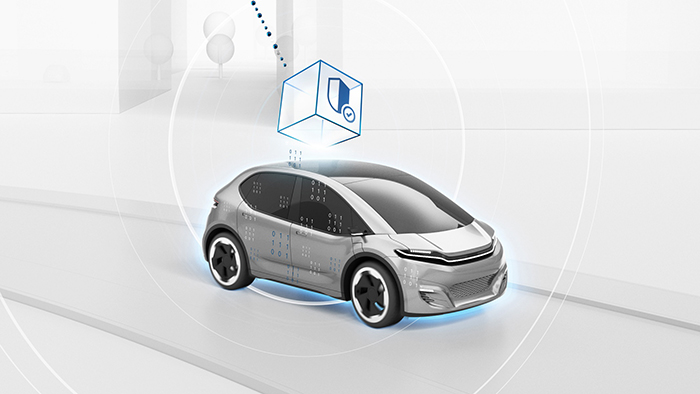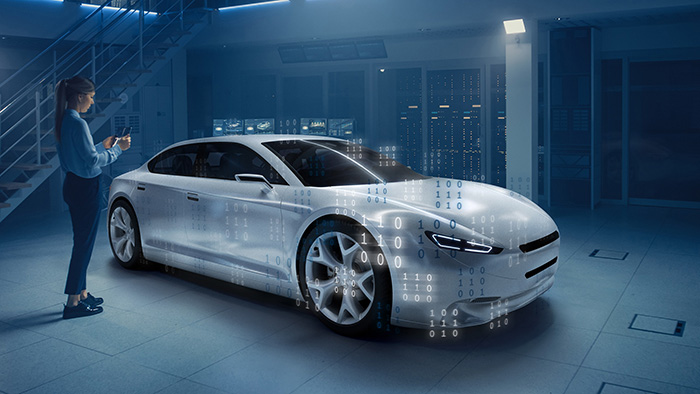IT in cars is like an orchestra being joined by more and more musicians. Experts from industry and the scientific community now want to work together to create standardized rules and processes so that the various electronic players across the vehicle do not get out of sync. After all, ensuring concerted interaction between all these systems is essential if new functions in and around the vehicle are to be developed more quickly in the future and reach drivers safely – throughout the vehicle’s life. This is what a total of 13 companies and research institutions have been working on since August 2021, in the publicly funded “Software-Defined Car” project (SofDCar for short). “With a new approach to software and data, we’re laying the foundations for much greater flexibility in dealing with new functions and data relating to modern vehicles,” says Dr. Andreas Westendorf. He is leading the project at consortium leader Bosch. The three-year project is being funded with a grant of some 43 million euros from the German Federal Ministry for Economic Affairs and Energy (BMWi).

The project partners from industry include BooleWorks GmbH, ETAS GmbH, Mercedes-Benz AG, P3 digital services GmbH, T-Systems International GmbH, Vector Informatik GmbH, ZF Friedrichshafen AG, and, as an associated partner, the Baden-Württemberg state agency e-mobil BW GmbH. Renowned scientific institutions are also participating: the University of Stuttgart, the Research Institute of Automotive Engineering and Vehicle Engines Stuttgart (FKSF), the FZI Research Center for Information Technology, and the Karlsruhe Institute of Technology (KIT).
Making data complexity manageable and enabling continuous updates
Some of today’s vehicles already feature more than 100 control units – and this
complexity of electrical and electronic systems and their architecture is only
going to increase in the future. However, it is imperative to keep the complexity
manageable, as this is the only way to ensure that a vehicle’s functions can be
updated at any time in its service life – which may be as long as 20 years – and
thus remain safe. More than ever, what’s needed is a set of rules governing the smooth interaction of the various in-car electronic components and systems. The aim of the SofDCar project is to establish rules and processes for controlling all software updates and upgrades in the future, as well as a consistent functional and IT- security methodology to which they should adhere. This will prevent individual programs from interfering with each other, and ensure they function properly within the system, without error. “The SofDCar project has taken on the task of mapping the IT jungle in the car. Our objective is to bring fundamental order to the processes for creating and maintaining software for the vehicle domain via modern, cross-company development tool chains and DevOps methods,” Westendorf says. This will enable more complex functions and safety methods, which are also required for features such as automated driving.
A new digital twin for the vehicle architecture of the future
Part of the project involves developing an extended digital twin – a virtual image of the vehicle’s development and runtime data. In the future, this twin will encompass the data distributed across the vehicle and in the cloud – from the time a vehicle is manufactured until it is scrapped. This goes far beyond what was previously meant by the term digital twin: for the first time it covers the entire life cycle of a modern vehicle, and it includes the cloud domain, apps, backend systems, and development systems. The project’s plan is for this to ensure a single, unbroken information flow of vehicle data and software versions runs through all databases and servers. This will make it easier and above all quicker to implement software updates and new digital functions and services at any time. “The digital twin is the car’s IT-optimized partner, turning it into a modern electronic device in the cloud as well,” Westendorf says.

COMMENTS